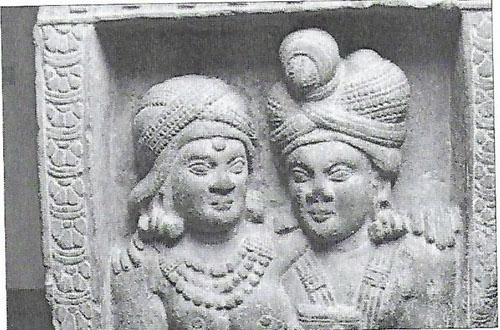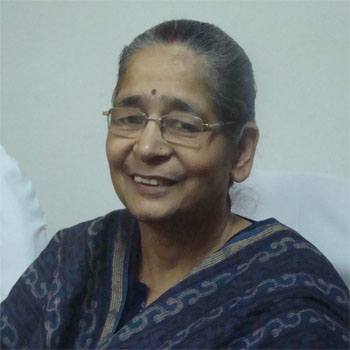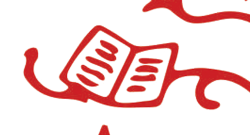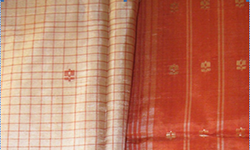
Art history/ Historiography, Museums/ Galleries / Collections / Exhibitions
Unstitched, Stitched, Crown: The Ancient Indian Tradition of Headgear
Pathak, Anamika
Issue 02,Monsoon 2019
Issue #002, Monsoon, 2019 ISSN: 2581- 9410
The basic instinct of a man to adorn himself inspired him to pick up things from nature and use it to decorate his entire body. To look different, might have motivated him for using bird feathers, animal skins, leaves, colourful semi-precious stones for creating several things and headgear is one of them. Once he learned weaving, fabric was adopted for decorating the head and soon became the preferred choice. Like elsewhere in the world, the headgear tradition of India has a long and fascinating history. It starts with 'fillet' or unstitched `usnisa’, which keep on changing as per the choice and requirement of users and developed into variety of stitched 'topi' or 'cap'. The different, style of headgears was used by rulers of different dynasties throughout the history of India from ancient to modern and the entire length and width of the country. Although variety of textiles were used for creating beautiful headgear, but the most popular fabrics are mul-mul (muslin), cotton, silk, wool and net. These were woven, printed or embroidered with diverse ornamentation techniques. The tying style, choice of colour, its uses as per occasion and festivals make the history of headgear very attractive. Many times, one finds the special headgear dedicated to some ethnic group or community with indigenous names. These headgears were often well decorated with jewels and slowly it became the synonymous to the pride of rul...
This is a preview. To access all the essays on the Global InCH Journal a modest subscription cost is being levied to cover costs of hosting, editing, peer reviewing etc. To subscribe, Click Here.



